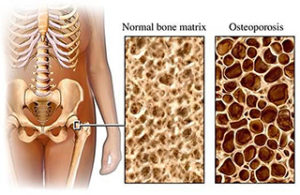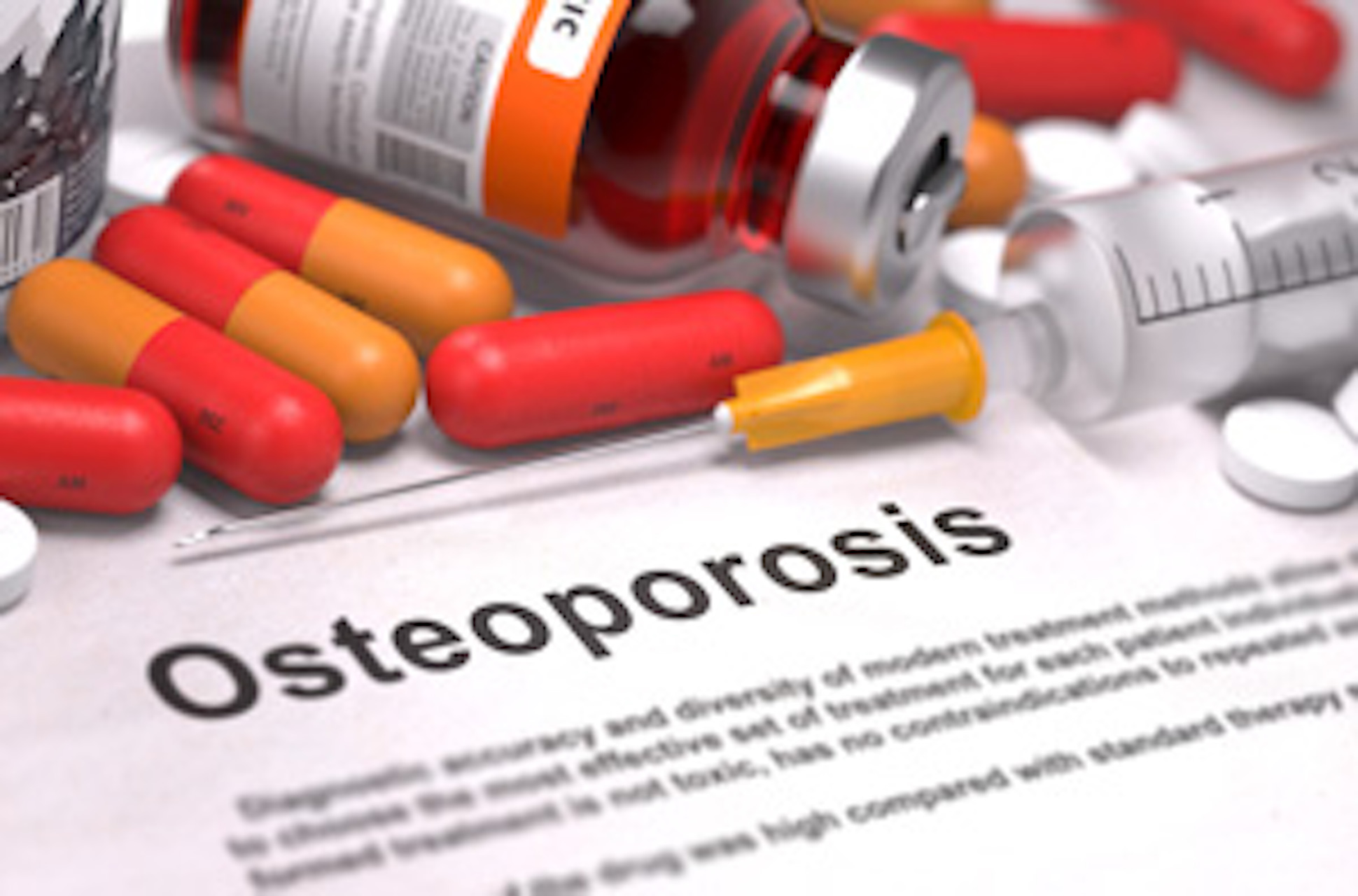Treat Osteoporosis: So far, the way we can treat osteoporosis is far from satisfactory. There are two circumstances that originate this problem:
1. The treatments whose objective are delaying bone resorption are much more effective than those aimed at stimulating remineralization. In other words, the treatments should be preventive and start before the destruction of the bone structure is irreversible.
2. Identifying risk factors is usually hard.
What is osteoporosis?
 Osteoporosis is a disease that affects the bones in many ways. First, it causes a decrease in bone mass. Bone mass is the amount of bone that a person owns in the skeleton in a moment of life and it depends on many factors.
Osteoporosis is a disease that affects the bones in many ways. First, it causes a decrease in bone mass. Bone mass is the amount of bone that a person owns in the skeleton in a moment of life and it depends on many factors.
It also alters the normal architecture of the bone, becoming more porous, with more air inside. It increases the number and size of the cavities or cells that lie inside of it. As a result, the bones become more fragile so they resist the blows worse and they break more easily.
You can also read: What are the symptoms of osteoporosis?
Treatment
There are three types of medications to treat osteoporosis. Most are pills. Some are given by injection under the skin or directly into the vein by intravenous access. Another medication is a nasal spray. Some are taken once a day. Others, once a week, once a month, or even less frequently.
Estrogens
Estrogen and estrogen tablets with progestin reinforce the body’s natural hormones. They also slow the deterioration of the old bone.
The main objective of estrogens is delaying demineralization. Estrogens have a direct action on the bone because estrogen receptors are present in osteoblasts. They are bone cells responsible for synthesizing the bone matrix, so they are involved in the development and growth of bones.
Estrogen replacement therapy is the most used in osteoporosis treatments. Also, it is the one with the highest efficacy tests.
Calcitonin
Calcitonin also delays demineralization. It is a hormone whose function is the natural regulation of bone calcium metabolism. Its main activity is the inhibition of osteoclasts (they are cells that degrade, reabsorb and remodel bones).
The effectiveness of calcitonin in the conservation of bone mass is similar to that of estrogen. It is worth mentioning that the long-term side effects are minor.
Calcium
Calcium delays demineralization, probably because the increase in blood calcium inhibits the secretion of parathyroid hormone. Several studies confirm that after the postmenopausal period, a regular supply of calcium significantly delays the rate of decalcification.
Bisphosphonates
Bisphosphonate group medications include alendronate, ibandronate, risedronate, and zoledronic acid. They adhere to the surface of the bones and retard the deterioration of the old bone.
Sodium fluoride
It leads to the increase of bone mineral density, possibly by stimulation of osteoblasts. They are cells involved in the development and growth of bones.
SERM
Selective estrogen receptor modulators (SERM), such as raloxifene, retard the damage of old bone. Although they are not hormones, they have an effect on estrogen-like bone.

